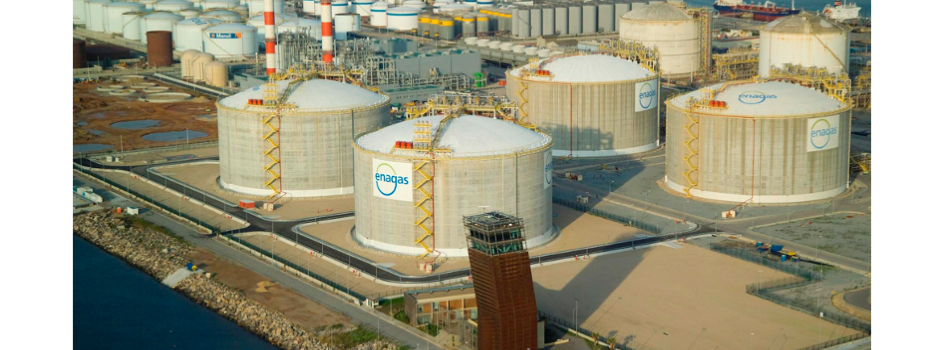- Enagas and Naturgy have announced a new green hydrogen project in Spain
- 60 MW electrolyzer will be powered by 400 MW solar PV capacity and the project will be located in La Robela where Naturgy closed a coal power plant last summer
- Both the companies see this 9,000 tons of green hydrogen annually to help meet local energy consumption, provide power to the gas grid and in future could be exported to northwest Europe
Spanish natural gas company Enagas has joined hands with Spanish electricity utility Naturgy to build what they call the ‘largest’ green hydrogen plant with a capacity to produce close to 9,000 tons annually. This will be produced by a 60 MW electrolyzer which will be powered by 400 MW solar PV capacity.
The La Robela, Leon located project will cover local energy consumption, provide power to the gas grid and in future could be exported to northwest Europe, the 2 companies stated in a joint statement. The site of the proposed project is in the vicinity of a coal power plant that Naturgy shuttered last summer.
For Naturgy, this project will enable it to be use its existing infrastructure to contribute to the country’s renewable hydrogen export plans, and for Enagas it helps the company to expand its renewable energy generation portfolio.
The announcement for this project follows the July 2020 announcement from large Spanish energy company, Iberdrola to use 100 MW solar PV and 20 MWh battery energy storage capacity to produce 20,000 MT green hydrogen annually for Spanish fertilizer chemicals company Fertiberia calling it the ‘largest’ industrial scale green hydrogen plant in Europe (see 100 MW Solar Facility For Green Hydrogen In Spain).
All these plans and counting, of producing renewable hydrogen in Spain are aligned with the country’s aims to install 4 GW of electrolyzers by 2030 which in the interim is targeted to be between 300 MW to 600 MW by 2024. These targets will contribute to the overarching 6 GW renewable hydrogen electrolyzer capacity by 2024 and 40 GW by 2030 under the European Union’s Hydrogen Strategy. It also envisions supporting the development of an additional 40 GW renewable hydrogen electrolyzers in Europe’s neighborhood that can be exported to the region (see European Commission Launches Hydrogen Strategy).












